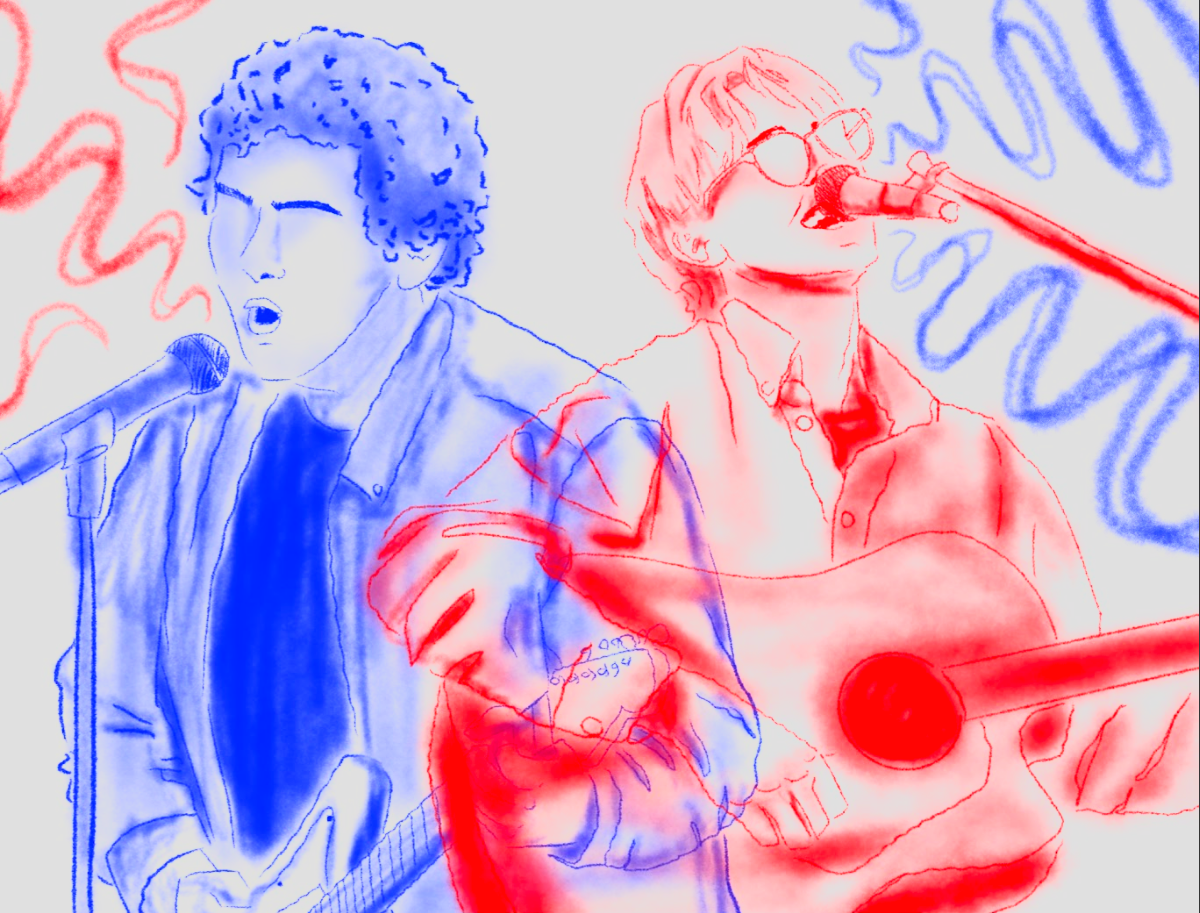Mental illness spectrum expands beyond common afflictions
May 1, 2017
The early 1900s proved to be a terrifying time for mentally ill individuals, with their options for treatment usually having a negative impact on their health. Horrid psychiatric wards, uneducated doctors, abuse and ignorance plagued the topic of mental illness for decades.The concept of mental illness was an incredibly fuzzy topic for ages, and even today it is still questioned. But now that the year is 2017, where do we stand?
Research on mental afflictions has most definitely been expanded upon. The spectrum has widened, treatment has been improved, people are beginning to understand. However, this coverage has somehow turned mental illness into something individuals seek out based on general public opinion. It’s been romanticized and glorified far too much.
When one thinks of mental illness, more than likely, their mind drifts to the idea of depression or anxiety. Sometimes one may even consider post-traumatic stress disorder or obsessive-compulsive disorder. The spectrum, however, stretches far beyond these certain afflictions, though each and all afflictions should be validated the same.
Mental illness affects more people than one might think. According to the National Alliance on Mental Illness, approximately one in 25 U.S. adults is affected by mental illness that interferes with one or more major life activities
Considering anxiety, there are several types. The most common are Generalized Anxiety Disorder (GAD), Social Anxiety Disorder, Panic Disorder, Separation Anxiety Disorder and a handful of others. While the emotion of anxiety is something everyone experiences, an anxiety disorder is far more than a temporary emotion. It can interfere with one’s lifestyle, and is often long-lasting.
With depression, like anxiety, the term expands: Major Depression, Persistent Depressive Disorder, Seasonal Depression, Bipolar Disorder, and the list goes on.
These are only two umbrella-terms when it comes to the topic of mental illness. The spectrum still includes schizophrenia, eating disorders, addiction and substance abuse, Attention-Deficit/Hyperactivity Disorder and many others.
In this generation, the concept of mental illness has received quite a bit of attention, but perhaps not in the best of ways. Books, movies and TV shows have taken a turn on portraying characters with mental illnesses, but at what cost? While debatable, the character’s illness is used as a “crutch” of some sort to defend their negative behavior. That, or it is glamorized and used as an accessory that defines them as a person. This is not how mental illness should be portrayed.
Phrases such as “I’m so depressed” or “I have really bad anxiety” are those that leave teens mouths quite often these days, usually in hopes of drawing in the attention of their peers, or are unaware of the meaning of their words, in my personal opinion. However, more than likely, these individuals are unaware of what actually having depression or anxiety is like.. Very rarely do truly mentally troubled individuals enjoy letting their peers know of their struggles, very rarely do they enjoy accessorizing it.




